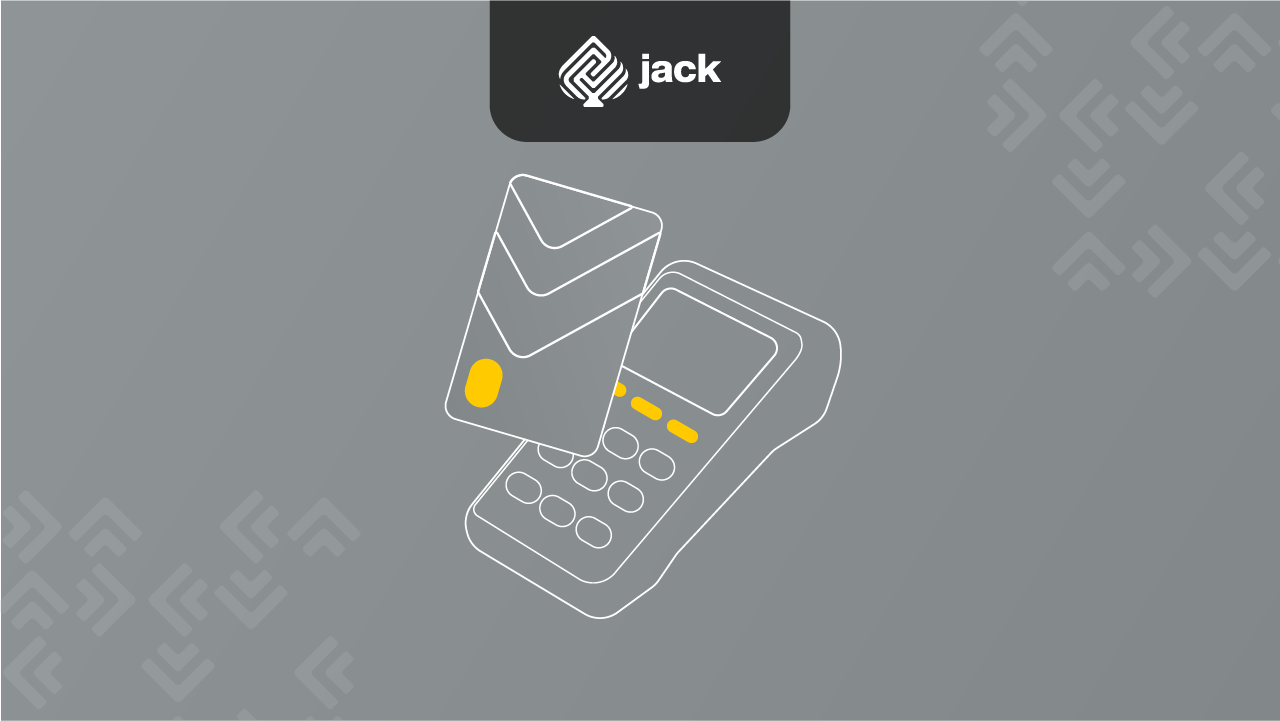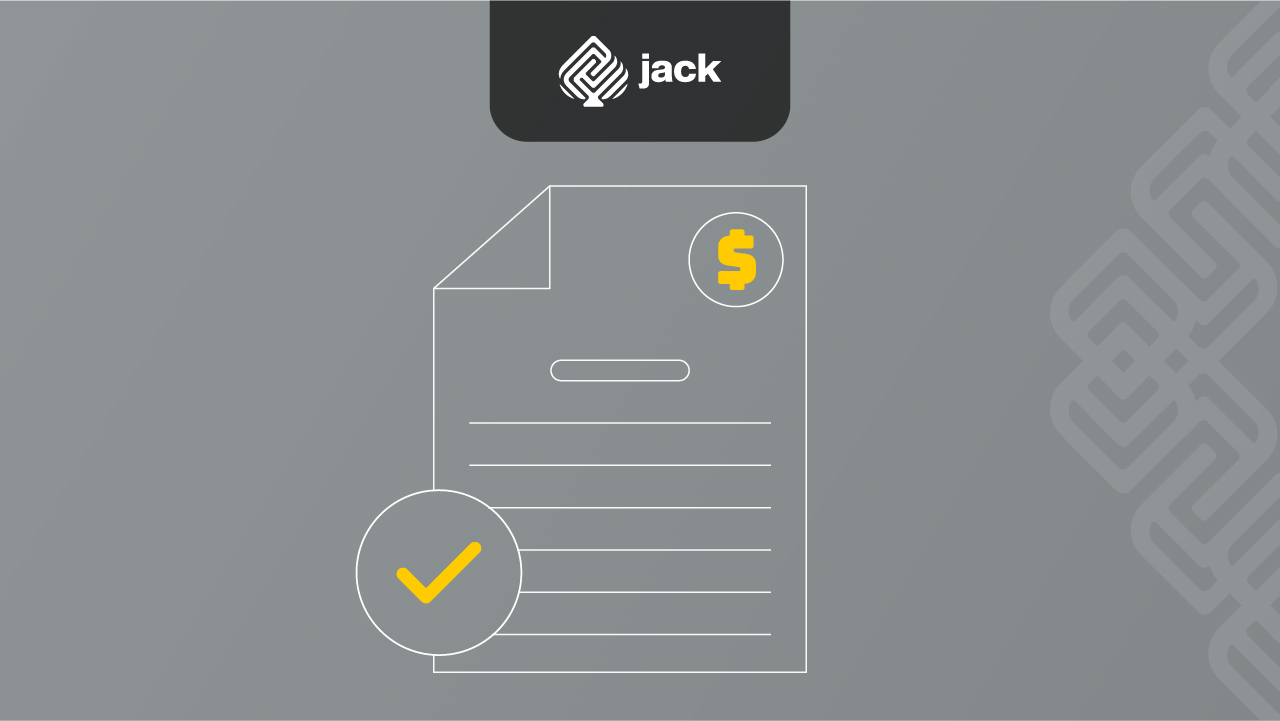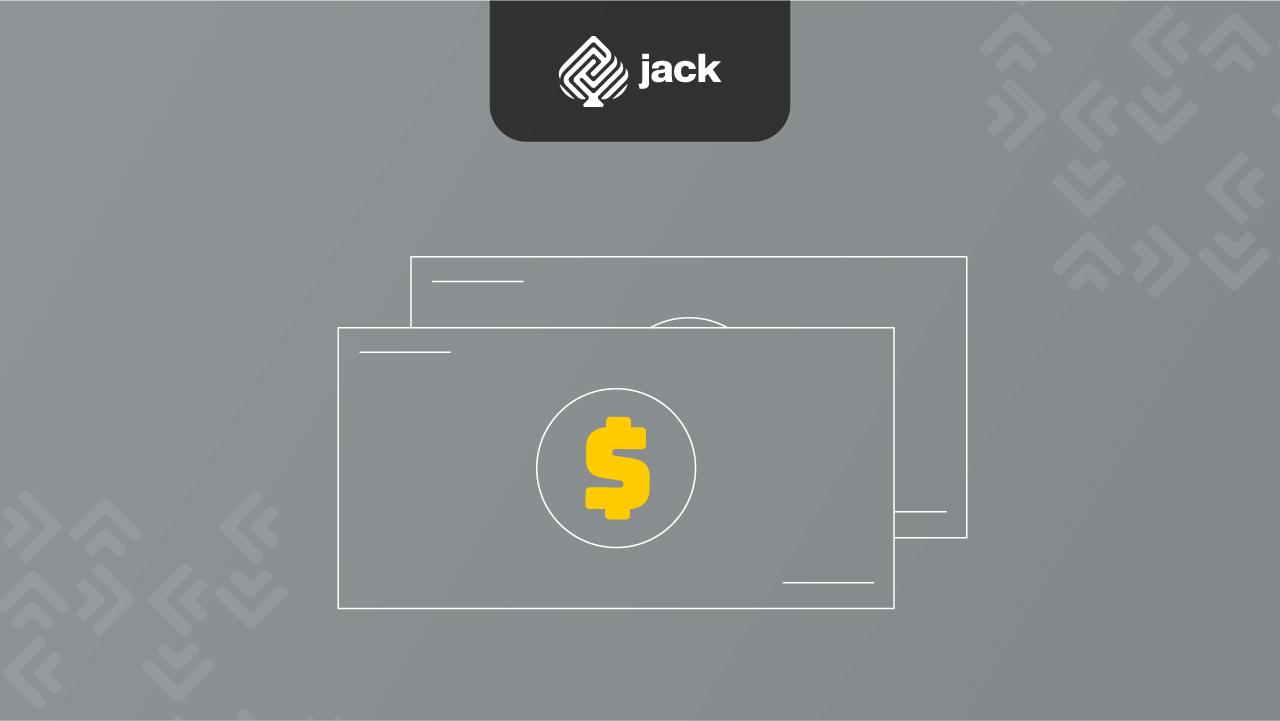An example of using a credit card as a source of choice for financing business expense payments is relatively easy and affordable. For some businesses that are carried out, it is often an example of using a credit card that is engaged in the business sector that is being carried out.
So it’s not surprising that now there are many entrepreneurs who use credit cards by adjusting their needs to run their businesses. Therefore the use of this credit card was chosen as the easiest transaction tool to pay business expenses.
What is a Credit Card?

A credit card is a means of payment using a card that can be used to provide obligations that have arisen from an economic activity including shopping transactions and cash withdrawals.
It is through this obligation that later the credit card issuers must fulfill and the cardholder has the obligation to pay bills in accordance with the terms that have become an agreement.
When discussing credit cards, of course, you will imagine examples of using credit cards that can be used to meet consumptive needs because they are related to the consumption needed by consumers.
Until now, credit cards have been available for businesses and corporates which tend to be productive because they are issued for the purposes of business entities or individuals who have worked for these entities.
Examples of Using Credit Cards in Business

Currently, almost all business expenses can be paid by using a credit card and especially if the card has been integrated into an expense management platform. One type of expenditure that often uses a credit card is usually to support payments such as business trips.
Spend with Flexibility, Anywhere with Jack
Before traveling, of course, you have to prepare an estimated budget needed to support the trip.
As for examples of using credit cards to support other business expenses, include purchasing office equipment, paying suppliers, paying for advertising costs on social media, buying software or applications to support work productivity, and paying electricity, water, and other utility bills.
Benefits of Integrating Credit Cards in Business

In today’s digital era, of course, the use of credit cards has been able to provide relatively easier and more practical access to capital and financing. When it is integrated into several expense management, it will certainly provide many benefits that can be obtained by business actors with more limited resources.
Some of the benefits of using a credit card to support a business as follows:
1. Ease of Access to Finance
Just by using one credit card, of course, users can provide their payment cards to each employee who will later need it not only from the manager or director level. However, the use of a credit card can also be used at any time in accordance with the policies of the company concerned.
For example, the use of credit cards to make payments for airplane tickets is made by employees who want to go on business trips.
Of course, the employee concerned does not need to wait for the disbursement of funds which is done manually and requires bureaucracy per level or even bails out first to buy tickets so that cash flow management from the company can run better.
2. No Cash Available
The existence of this cash does have many benefits for making payments on several types of business expenses that will be carried out. However, for types of expenses that are routine and large, of course, non-cash payments can be the best option that can be used.
By making payments using a card, of course, you will not be exposed to the risk of losing money in the middle of the road, whether it is intentional or unintentional.
In non-cash payments, it means that every employee working in the company concerned does not have to bother anymore to carry out administrative arrangements to the finance department at the company.
3. More Flexible Limit Settings
In setting the limit for using a credit card, it is indeed fixed for each card used.
When integrated into an expense management platform, of course, each of these cards can be adjusted flexibly according to the needs of its use, as managers obtain limits that tend to be larger because their needs are also quite large.
Entrepreneurs or financial managers can place limits on each card at any time, including when employees suddenly need additional funds to meet work needs.
Of course, the employee concerned must first ask for approval to add to the transaction limit.
4. Does Not Require Financial Statements
Doing the job of collecting sheet after sheet as proof of payment transactions is indeed very troublesome. Moreover, added with the obligation to make financial reports related to expenses on each transaction made, of course, this hassle will be more easily overcome by integrating the use of credit cards.
This is because all transactions have been recorded through the expense management platform and are more easily accessed by anyone who does have the authority to view them, especially from the finance department.
Regarding notes and so on, of course it’s enough to take a photo and update it on the platform like using Instagram social media.
5. Real-Time Transaction Data
In using this credit card, of course, transactions can be carried out in real-time with data available for viewing by the company’s finance department. For example, using a credit card to pay for hotel fees or business trips.
The process for recording transactions using a credit card by the bank certainly takes 1 to 2 days from the day the transaction is made.
See also video tutorials from financial and business from Jack.
Use Jack for your business needs
Real data for transactions will be known when the invoice arrives and this data will be needed to make accounting records.






